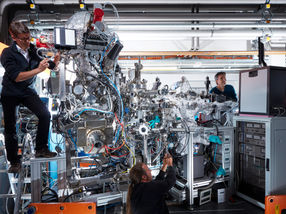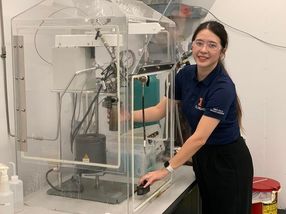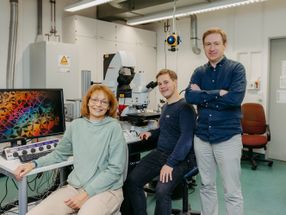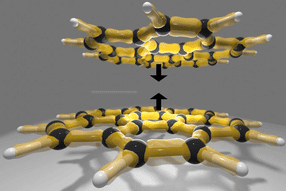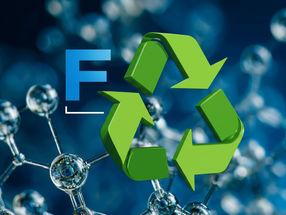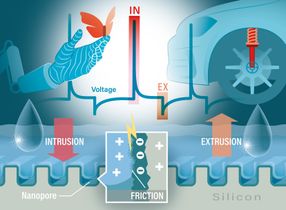Visible light-photocatalytic water-splitting for hydrogenation of aryl chlorides
Sustainable H-donors instead of flammable hydrogen gas
Advertisement
Activation of inert C-Cl bonds has attracted significant interest due to the inherent fundamental challenge. Conventional dechlorination generally use flammable hydrogen gas (H2), metal hydrides, or organic donors (amines, alcohols, and Hantzsch ester) as hydrogenation reagents.

Controllable Hydrogenation/Deuteration of Aryl Chlorides based on Photocatalytic Water-Splitting Strategy
©Science China Press
Despite high hydrogenation efficiency, these processes have significant drawbacks because of the risks involved while using a flammable gas at high pressure, or needing complex infrastructure to handle air and moisture-sensitive metal hydride reducing agents or expensive organic hydrogen donors. To this end, it is appealing to develop a sustainable process for the hydrogenation of chlorides using sustainable and readily available hydrogen-donors, whereas water is the most ideal candidate.
Recently, Chenliang Su's research group from Shenzhen University, China, proposed a photocatalytic water splitting technology to in-situ "bubble" H2 for controllable hydrogenation of aryl chlorides, whereas the water system is utilized as safe and sustainable H-donors instead of flammable H2.
Using isotopically labelled water (D2O), the strategy has been successfully applied to install deuterium at C-Cl of chlorides under mild conditions with high deuterium incorporation and good functional group tolerance for the first time, providing an attractive way for high incorporation of deuterium in drug molecules to improve their pharmacokinetic and toxicity profiles. "Pd nanosheets (Pd NSs) decorated crystallined polymeric carbon nitride (CPCN) are used as the bifunctional photocatalyst, whereas Pd NSs not only serve as cocatalyst of CPCN to generate and stabilize H (D)-species but also play a significant role in sequential activation and hydrogenation/deuteration of C-Cl bonds.", Prof. Su said.
Original publication
Other news from the department science

Get the chemical industry in your inbox
By submitting this form you agree that LUMITOS AG will send you the newsletter(s) selected above by email. Your data will not be passed on to third parties. Your data will be stored and processed in accordance with our data protection regulations. LUMITOS may contact you by email for the purpose of advertising or market and opinion surveys. You can revoke your consent at any time without giving reasons to LUMITOS AG, Ernst-Augustin-Str. 2, 12489 Berlin, Germany or by e-mail at revoke@lumitos.com with effect for the future. In addition, each email contains a link to unsubscribe from the corresponding newsletter.
Most read news
More news from our other portals
Last viewed contents
A mineral provides the template: peptides assemble into arrays of flat nanotapes on mica surfaces
BGU researchers invent green alternative to crude oil - Researchers at the Blechner Center have developed a revolutionary process to convert carbon dioxide and hydrogen into a green feed that can be refined into renewable liquid fuels
Aventis implements SciQuest's Enterprise Substance Manager to establish common logistics infrastructure for research facilities
Zeon Commercializes High-Performance TPV - Zeotherm
Photonics industry commits to more than 5 billion Euros investment in Europe

New clues help explain why PFAS chemicals resist remediation - Work suggests new avenues for cleaning up these 'forever chemicals'
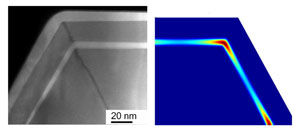
Secret of the crystal's corners - New nanowire structure has potential to increase semiconductor applications
Bayer MaterialScience lifts force majeure for TDI in Europe
Committed to sustainability and innovation: Cognis adopts 24 principles of Green Chemistry and Green Engineering











